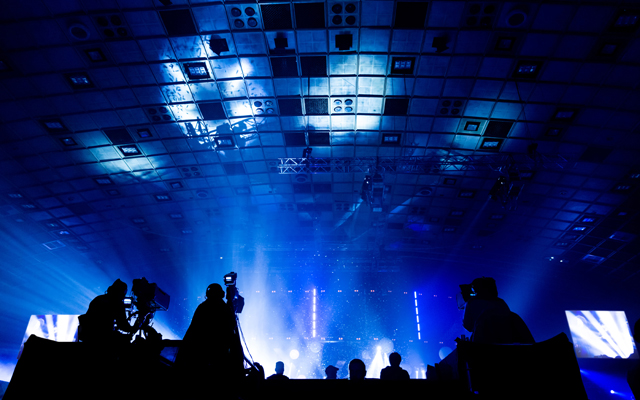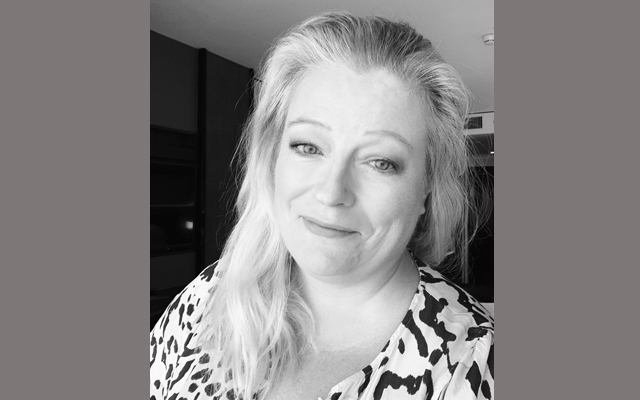As hybrid events concept continues to evolve and it becomes certain that the new world of events will no longer play by the old rules, Anna Patterson, vice president & managing director at George P Johnson (Singapore) Experience Marketing, makes a checklist for the production of future events.
The term hybrid has been more than a helpful catch-all, as it conveys an idea full of hope and holds the promise of an in-person future in whatever better state of events came next, opined Anna Patterson, vice president & managing director at George P Johnson (Singapore) Experience Marketing, in her presentation at ITB Asia Virtual 2021.
She noted that “offline things moved online (while) outside things moved in”, thus blurring the boundaries of interaction.

“While many things about the future remain elusive and uncertain, one thing is for sure: the new world will not play by the old rules anymore,” she said.
“So, how do you plan for the future when the future is up in the air? A solid and down to earth approach is a great place to start.”
Identify the big picture
Patterson suggested that event planners and producers take a fundamental approach that puts human experience at the core.
She said: “Clients are coming to us, whether in the events or travel industry, to ensure that they can better understand how humans make the difference. As industry professionals, it is up to us to show clients how digital and physical realities do not just coexist, but combine together to create otherwise impossible things.”
To see the big picture, Patterson said one has to understand where their brand stands in the “grand scheme of things” – something which will provide “essential context to make better decisions and take smarter actions” in their events.
“Once you have found your place, you are ready to move on to your why,” she said.
Set sights on event purpose
In explaining the need for brands, businesses and events to stay rooted in their purpose, Patterson related how figure skaters find their balance.
“Figure skaters were taught to find a spot to set their sights on while they were spinning. As long as their focus remained locked in, the skater could keep from getting dizzy no matter how ‘spinny’ things got. For brands, businesses and events, a good reason can have similar grounding effects. If you find your purpose, you can move on and out from there,” she said.
However, in defining the event’s purpose, event planners and producers must put their audience first.
“Of all the channels to consider, your attendee really is the only one that matters. Great experiences use human centricity to connect every what with every why,” she said.
Unify event models
Patterson noted common structures between physical and digital event models, and added that there were many ways that a hybrid event could come together.
She elaborated: “Not all events are hybrid, some of the old things will not be coming back from their online homes. Conversely, when face-to-face returns, there will be plenty of demand for in-person-only events. How do you make that relationship work depends on your brand, your audience and the purpose of your event.”
She suggested that event models could be unified through design and delivery, and reminded her session attendees that the event platform “does not equal the experience; it enables it”.
She recommended that events be imagined from the perspectives of both in-person and remote audiences, and have experiences designed for different times and spaces.
“When we use tools like green screen, motion graphics, broadcast techniques and scripting, these are for the individuals. These experiences will feel very much singular as technology and reality coalesce. For the audience near and far, the distance between in-person and remote will gradually disappear,” she remarked.
She pointed to award shows and professional broadcasts in sports as great sources of inspiration for hybrid events.

Maximise both mediums
Patterson urged events planners and producers to understand the different characteristics of physical and digital media.
For example, a digital medium enables scale, has the breadth and reach, and allows for passive absorption and personalisation, among other attributes. On the other hand, the physical medium enables engagement, has depth and resonance, and allows for active participation and social exchanges, among other attributes.
She said usage should overlap and play up the advantages of both media.
Patterson said: “When we connect, we have to connect with the intentional moments. So when you consider both perspectives and experiences, bring the journeys together to provide an amazing moment of unity.
“We are moving to a new generation of events. Digital and physical realities will not just coexist, but combine to create otherwise impossible things. The new world of experiential is more social, more personal, more local and yet more global, more ambient and yet more in the moment than ever before.
“Without limitation, imagination will be the only constraint.”
An ongoing journey
Patterson emphasised that “connectivity is imperative”, and underlined how “digital and physical experiences will be more interconnected”.
“Audiences and journeys will be woven together in-person and remote. Data is the common golden thread, and stitching it all together will require new roles and new skillsets,” she said.
She also highlighted the need for organisations to recognise that “life-cycle marketing is here to stay” and that companies and brands must be “omnipresent” by prioritising big technology that enables continuous audience engagement.
“I believe we are at the precipice of a new generation of hybrid events. As upside-down as this may feel to all of us, standing still is not an option,” she concluded.





















